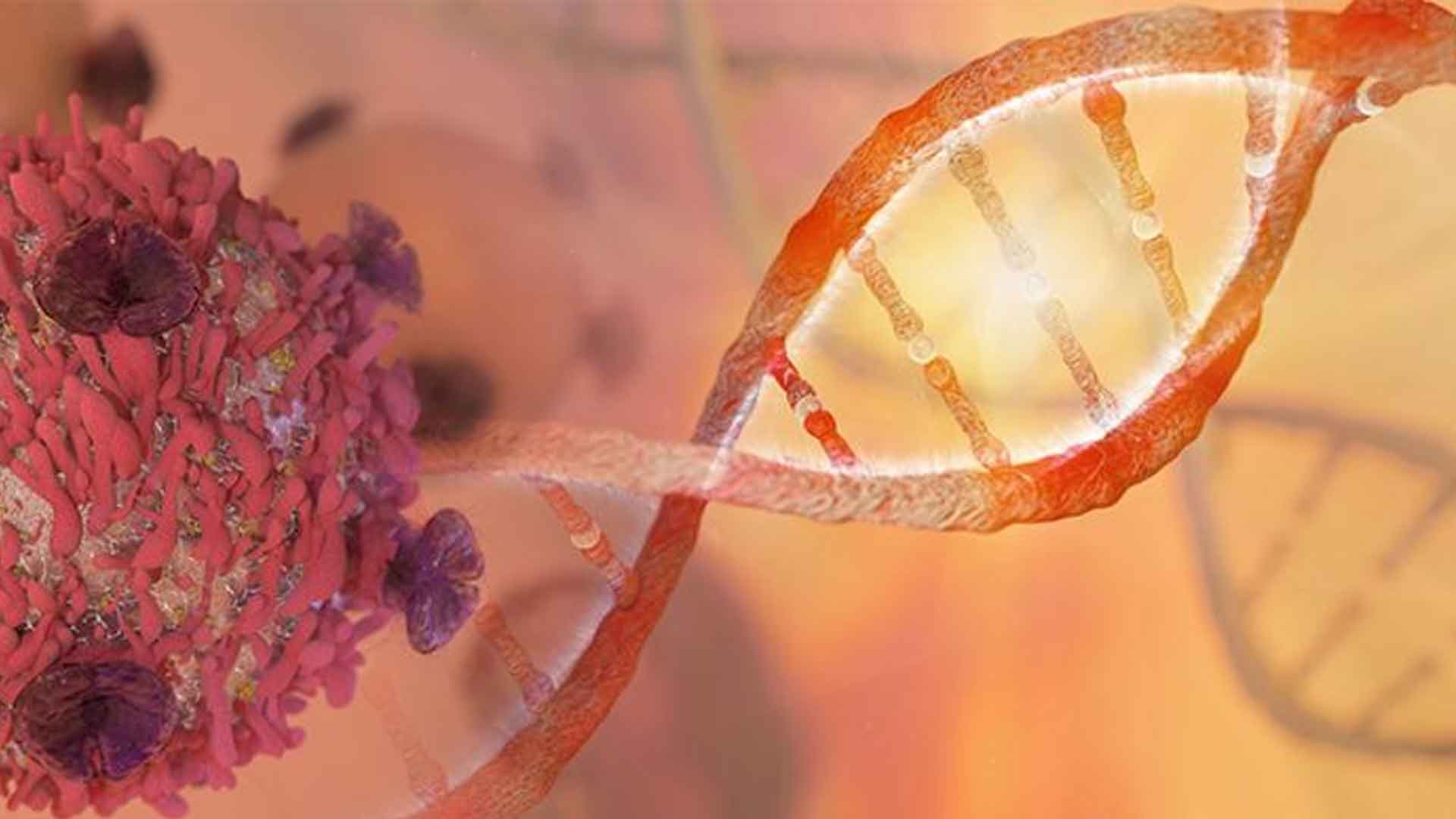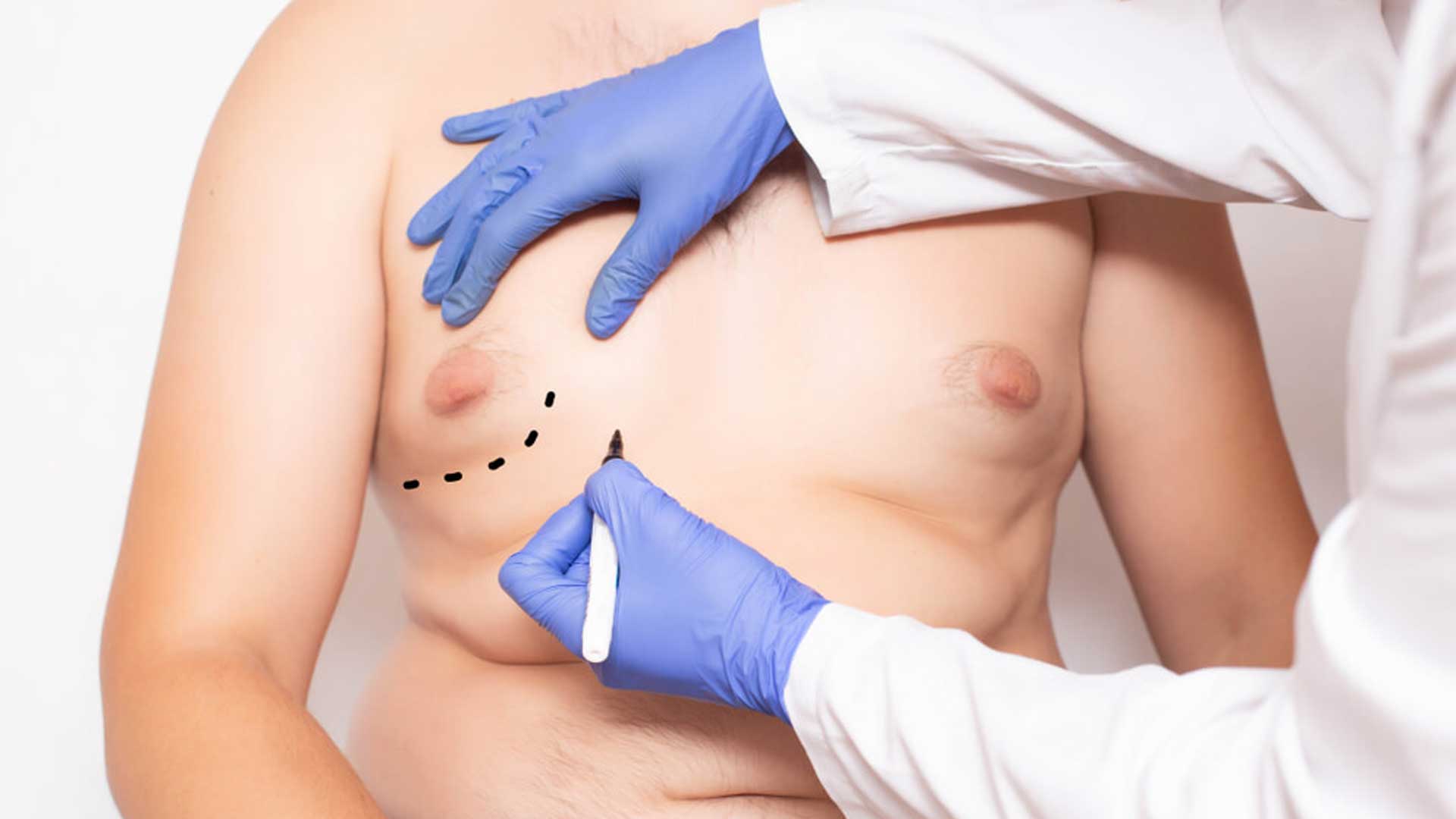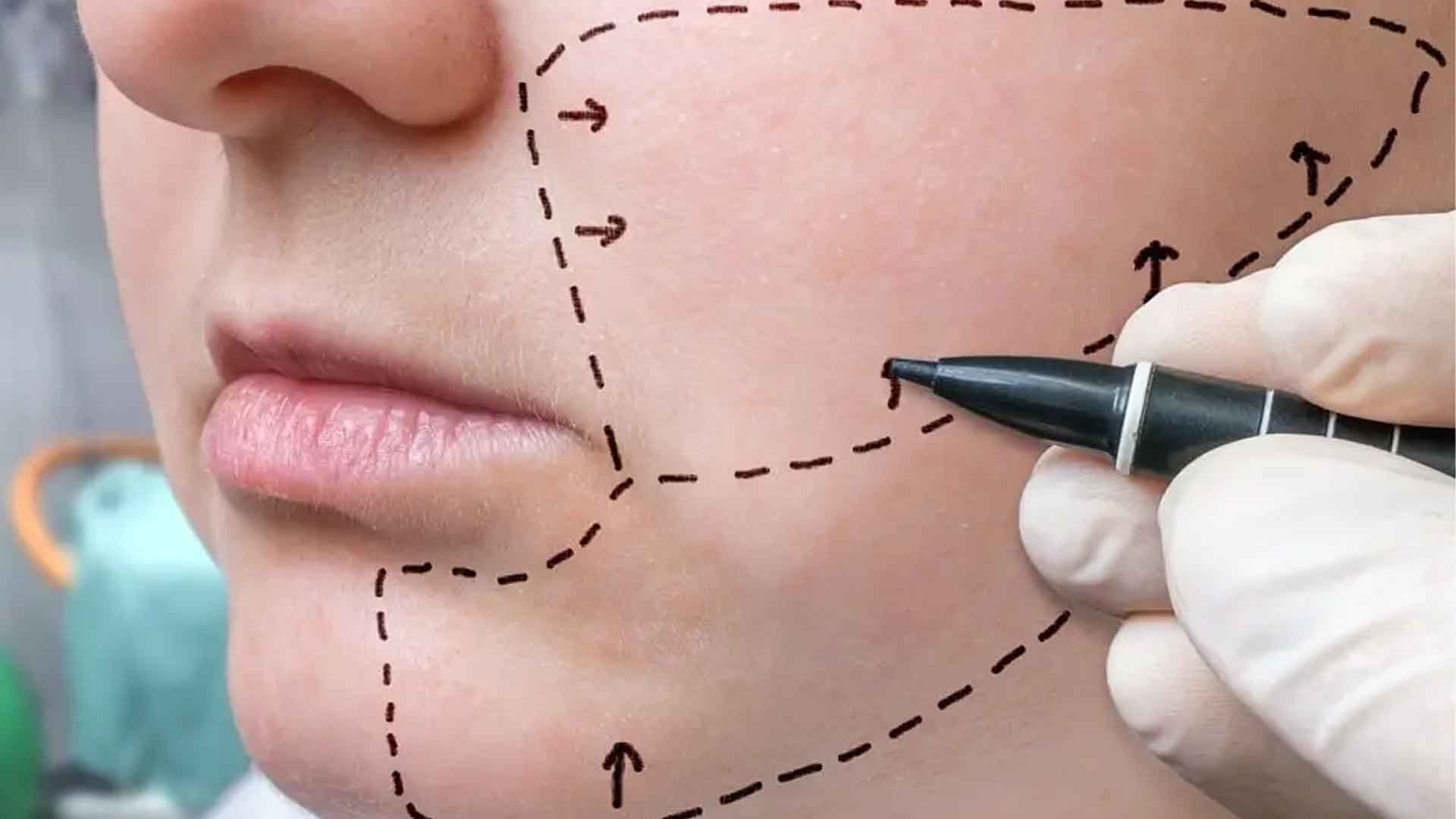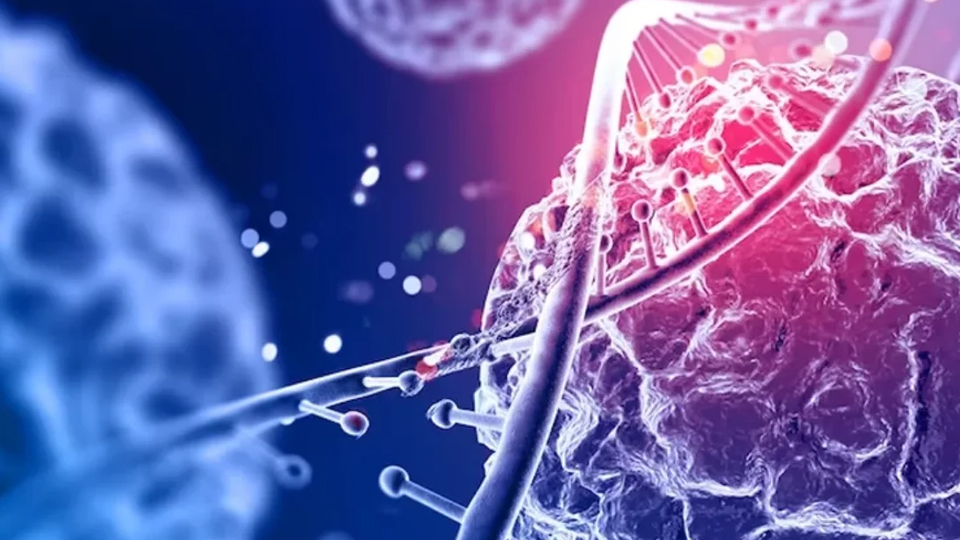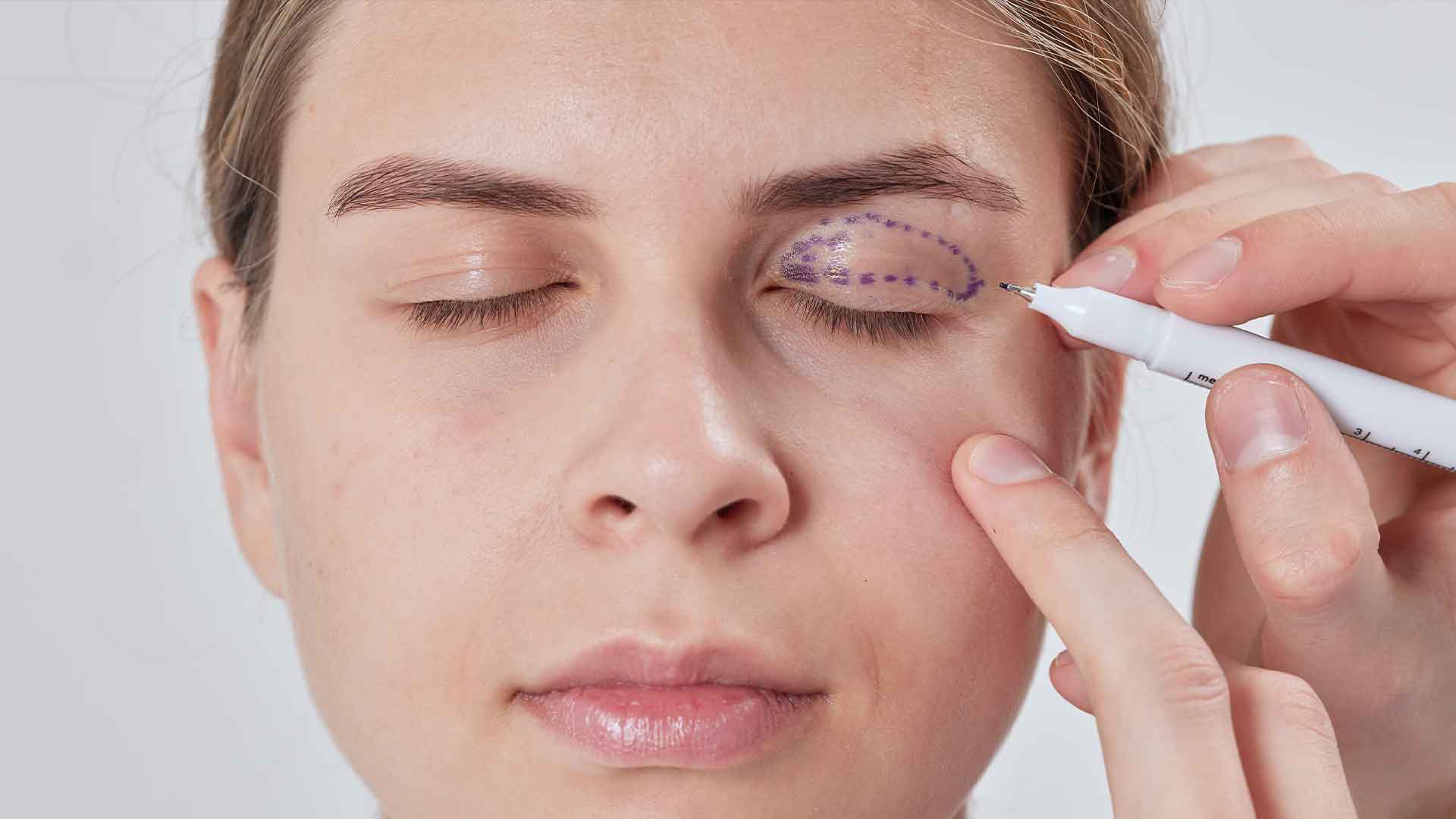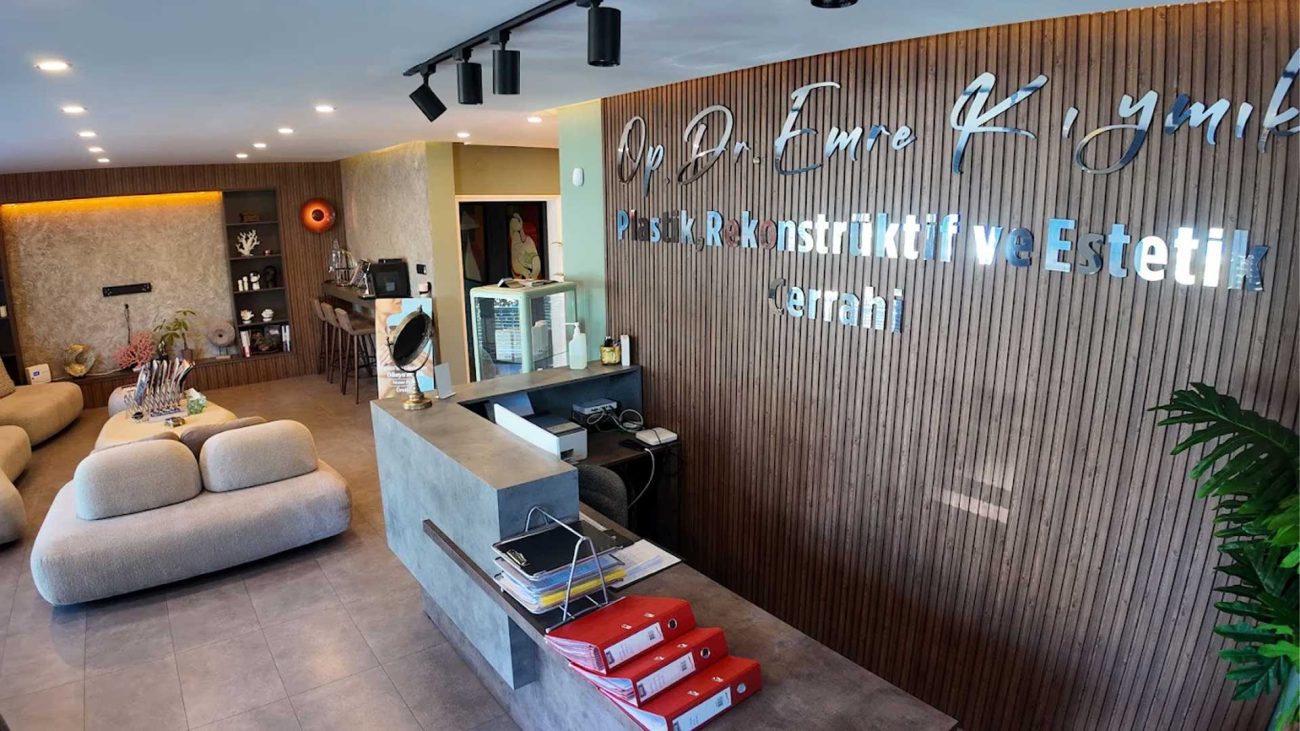Stromal Vascular Fraction (SVF) Therapy is one of the most current and effective methods in regenerative medicine, utilizing stem cells obtained from abdominal fat tissue. This treatment was developed to utilize the body’s own cellular renewal power to heal tissue damage, rejuvenate the skin, and provide effective solutions for joint problems.
SVF stem cell therapy is obtained by processing fat tissue collected through liposuction using specialized techniques. Containing mesenchymal stem cells, immune cells, and growth factors, SVF aids in the repair of damaged or aged tissues in the body.
- Stem cells are obtained from adipose tissue to provide a completely personalized treatment.
- Tissue regeneration is accelerated with the regenerative medicine approach.
- SVF application for facial rejuvenation revitalizes skin tissue and increases elasticity.
- Orthopedic problems such as joint treatment with stem cells can be supported by natural means.
- It is a minimally invasive procedure that does not require general anesthesia and has a quick recovery time.
Adipose tissue-derived stem cell therapy has a wide range of applications, from aesthetics to orthopedics, rheumatology to neurological diseases. It stands out as a natural and biological treatment method.
What Are the Advantages of SVF Treatment?
- Natural Regeneration: Supports tissue regeneration and repair with stem cells, initiating rejuvenation at the cellular level.
- Personalized Treatment: Since it is obtained from adipose tissue, it is derived from the patient’s own body. It also has high biocompatibility.
- Wide Range of Applications: There are various applications ranging from skin rejuvenation to joint treatments, wound healing to hair loss.
- Minimally Invasive Procedure: This procedure is performed through a small incision of 4-5 mm, is completed in a short time, and has a quick recovery period.
- Long-Term Effect: The regenerative and restorative effect of stem cells increases over time, providing lasting results.
Who is SVF therapy suitable for, and in which age range?
SVF therapy can be administered to healthy adults for skin rejuvenation, tissue regeneration, enhanced wound healing, and body contouring. Pediatric patients undergoing post-traumatic healing processes are suitable candidates for treatment.
What Should Be Considered for Preliminary Preparation?
A thorough preparation process prior to SVF therapy directly impacts the effectiveness of the treatment and the recovery process. The following points must be considered to maximize stem cell activity and reduce the risk of complications:
- Initial Examination and Assessment: Your skin type, the area to be treated, and your expectations are examined in detail. Suitability for the procedure is evaluated.
- Fat Harvesting Sites and Amounts Are Determined: The fat tissue to be obtained for the SVF application is mostly harvested from the abdominal area. Additionally, in cases where abdominal fat harvesting is not feasible, fat can be harvested from the waist and leg areas.
- Personal Medical History is Reviewed: Detailed information is obtained about chronic diseases, medication use, allergies, and previous surgeries.
- Stop Taking Blood Thinners: Certain medications such as aspirin and ibuprofen should be discontinued at least 5-7 days prior to the procedure, provided you are under your doctor’s supervision.
- Quit Smoking and Drinking: These substances, which negatively affect cellular healing, should be stopped at least 2 weeks before the procedure.
- Pay Attention to Your Diet: A balanced diet rich in protein and antioxidants strengthens the immune system and increases the success of treatment.
What Process Can Be Expected After the SVF Procedure?
Following SVF treatment, the regeneration process begins in the treated area, and a noticeable improvement in skin quality is observed due to cell renewal. SVF is typically performed under local anesthesia, and discharge on the same day is possible after the procedure. Possible outcomes following SVF treatment:
After SVF Treatment
- Skin Vitality: In the first few weeks after application, skin tone is balanced, and skin brightness and firmness increase.
- Tissue Regeneration: The stem cells within SVF trigger collagen production over time, rejuvenating the skin.
- Natural Appearance: The treatment results in more than just a superficial change; it provides natural healing from the inside out across all layers of the skin.
Post-Processing
- Mild Swelling and Bruising: Mild swelling and bruising at the fat removal and injection sites lasting 3-5 days is normal.
- Recovery Process: You can return to your daily routine within the first week. It may take several weeks for the results to become visible.
- Bandage Use: A bandage is applied to the area where fat was removed. It is usually removed within 2-3 days.
How long does SVF treatment take?
SVF treatment usually takes between 1 and 2 hours. The duration of the procedure may vary depending on the areas to be treated and the techniques used.
What is the recovery process like after SVF treatment?
The recovery process is usually quick. Most patients can resume their daily activities immediately after the procedure, but full recovery may take 2-4 weeks.
Is there pain after SVF treatment?
SVF treatment is usually performed with minimal pain. Mild pain or sensitivity may occur after the procedure, but this usually subsides within a few days.
How long does SVF treatment last?
The results of SVF treatment are long-lasting. Adopting a healthy lifestyle and regular personal care can make the effects more permanent. The most important thing to know is that the natural aging process continues after treatment.
Can SVF therapy be combined with other aesthetic procedures?
Of course, it can be combined. SVF therapy can be combined with other aesthetic procedures such as other surgical procedures, filler applications, laser therapy, or Botox.
Will there be any scarring after SVF treatment?
SVF treatment is a minimally invasive procedure; since fat is taken from a small incision measuring 4-5 mm, the likelihood of scarring is low. Mild bruising may occur in the early post-operative period, but this resolves quickly.
When can I resume my normal activities after SVF treatment?
Most patients can return to their daily activities immediately after the procedure, but strenuous exercise and intense physical activity should be avoided for 2-4 weeks.
Can I get results on the same day with SVF treatment?
The effects of SVF treatment are not observed immediately after the procedure. The first results begin to appear within a few weeks, and it may take several months for the final result to settle.
Is there improvement in hair loss after SVF treatment?
SVF therapy is highly effective in treating hair loss. Hair growth and reduced hair loss may be observed in the treated areas.
What Are the Potential Risks and Complications Associated with the Procedure?
SVF therapy is generally a safe procedure, and serious side effects are very rare. However, as with any medical procedure, there are some potential risks. Conditions that may occur in the early stages include:
- Swelling and Bruising: Swelling and bruising may occur in areas where fat was harvested or SVF was injected. This usually subsides within 3-7 days.
- Pain: Temporary sensitivity or pain may occur in the application areas. Pain control can be achieved with simple pain relievers.
- Infection: Although the risk is minimal, adhering to hygiene and sterilization rules greatly reduces the likelihood of infection.
Less common and long-term complications include:
- Fat Loss: A portion of the injected fat tissue may be absorbed by the body over time, which may result in a slight decrease in the effectiveness of the procedure.
- Asymmetry: Slight differences may occur between application areas; touch-up procedures may be performed if necessary.
- Fat Cyst Formation: Very rarely, fat cysts may develop at the injection site.
Having SVF treatment performed by a physician specializing in this field minimizes risks. Strict adherence to the physician’s recommendations before and after the procedure is crucial for a safe and effective treatment process.

